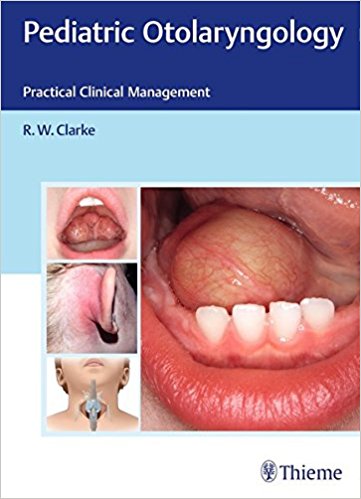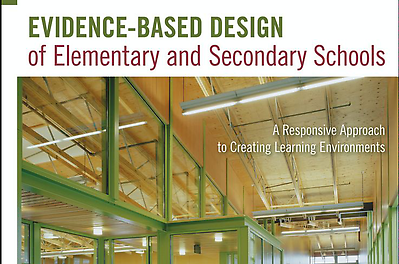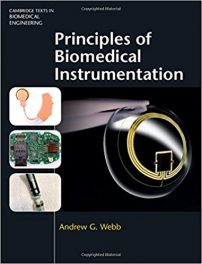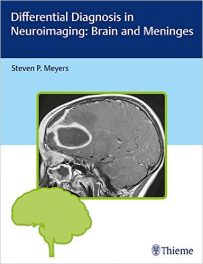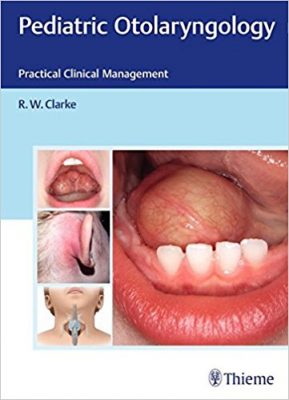 Editor: R.W. Clarke, FRCS
Editor: R.W. Clarke, FRCS
Publisher: Thieme – 393 pages, with 454 Illustrations
Book Review by: Nano Khilnani
An increasing number of otolaryngologists are now devoting more of their attention and time to the care of children with a variety of ailments, diseases and disorders. Pediatric otolaryngology has become a growing subspecialty and its practitioners work in the pediatric wards of large hospitals as well as in children’s hospitals, the editor Dr. R.W. Clarke points out in his Preface and Acknowledgments to this book.
Within otolaryngology (known in short as ORL or ENT) some of the more common problems relating to children are: allergies (including allergic rhinitis or hay fever), hearing loss, nasal discharge, sinusitis, and sore throat. These issues are covered adequately in this book.
Thirty-four specialists in pediatric otolaryngology, head and neck surgery, and related fields, authored the 28 chapters of this book. The contributors are mainly from the United Kingdom, but also seven other countries – Australia, Belgium, Germany, Israel, the Netherlands, Qatar, and the United States.
The chapters are organized around six Parts that we name below to give you an overview of what you will find in this extensive text:
- Part I. General Considerations in Children’s ENT
- Part II. The Ear
- Part III. The Hearing impaired Children
- Part IV. The Nose and Sinus
- Part V. The Airway
- Part VI. Head and Neck
You will find color-coded tabs at the edge of this easy-to-use, highly practical book. You will see six different colors of the tabs, one for each of the six Parts of this text. And the numbers on the tabs change as you go to the beginning of each chapter.
As an example of the organization and presentation of the materials in the chapters, let us take a look at what is covered in chapter 4 entitled Pediatric Ear Nose, and Throat Emergencies.
4.1 Introduction
4.2 Foreign Bodies
4.2.1 – Foreign Bodies in the Ear
4.2.2 – Foreign Bodies in the Nose
4.3 Epistaxis
4.3.1 – Presentation
4.3.2 – Management
4.4 Sinusitis and Its Complications
4.4.1 – Presentation
4.4.2 – Management of Acute Sinusitis
4.4.3 – Complications of Sinusitis
- Orbital Complications
- Intracranial Complications
4.5 Nasal Trauma
4.6 Neck Abscesses
4.6.1 – Superficial Cervical Lymphadenopathy
4.6.2 – Deep Neck-Space Infections
4.6.3 – Lemierre’s Syndrome
4.6.4 – Peritonsillar Abscess (Quinsy)
4.6.5 – Retropharyngeal Abscess
4.7 Key Points
References
In the Introduction, the author of this chapter Ann-Louise McDermott points out that diagnosing problems in children affecting their head and neck is sometimes difficult, and those problems could be quite severe, such as for example airway obstruction, or impending intracranial sepsis. Also, many children are unable to provide a helpful history.
In this chapter as in others, you will find boxes with the authors’ insights reflecting their unique experiences. Sometimes these boxes are labeled Tips and Tricks.
The images provide additional insight, such as for example, a photo of a child with a foreign body lodged in the nostril, and another with small watch batteries that can be easily swallowed by a baby or small child.
Three x-rays show: a hyper-inflated right lung with foreign body, a ring stuck in the esophagus of a young girl, and a nail in the upper esophagus of an infant boy. And a computed tomography (CT) scan of the nose of a 10-year-oldsboy shows an angiofibroma. He had presented with a nasal obstruction and severe epistaxis.
Also informative are CT scans of children’s brains in this chapter’s section entitled Sinusitis and Its Complications that show acute rhinosinusitis, a common infection in the pediatric population.
Especially useful in this section is a list of the widely-accepted Chandler’s classification of Orbital Complications showing the five stages of acute sinusitis. It progresses from Stage 1 – preseptal cellulitis – all the way to Stage 5 which is cavernous sinus thrombosis, with a high risk (50 percent) of blindness and mortality (10 to 27 percent) !
The key features of this book are that it :
- Fully describes the characteristics of ENT diseases in children
- Has an impressive cast of expert specialists in this field
- Is practice-based for the clinician
- Provides comprehensive accounts of hearing loss in children
- Contains text boxes that provide danger signs, top tips in surgery, advice on potential complications, situations that need urgent referral, and medico-legal pitfalls
This is well-written and highly useful text on pediatric otolaryngology.
Editor:
R.W. Clarke, BA, BSc, DCH, FRCS, FRCS (ORL) is Consultant Pediatric Otolaryngologist at Alder Hey Children’s Hospital, and Senior Lecturer and Assistant Dean at the University of Liverpool in Liverpool in the United Kingdom.

